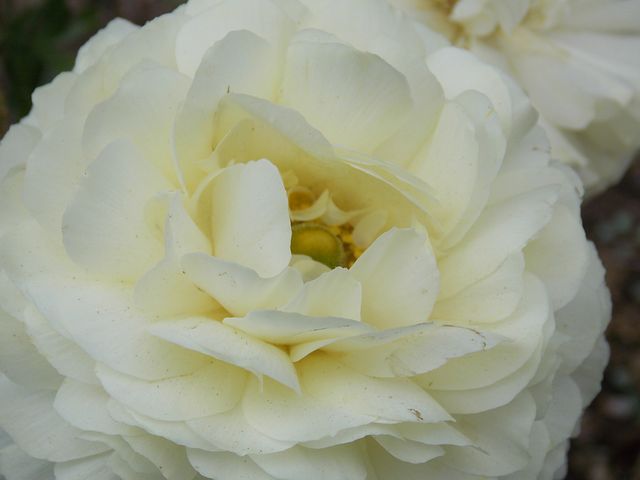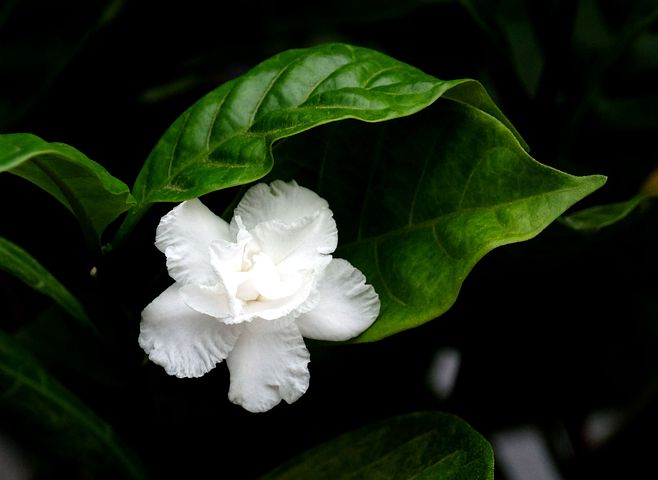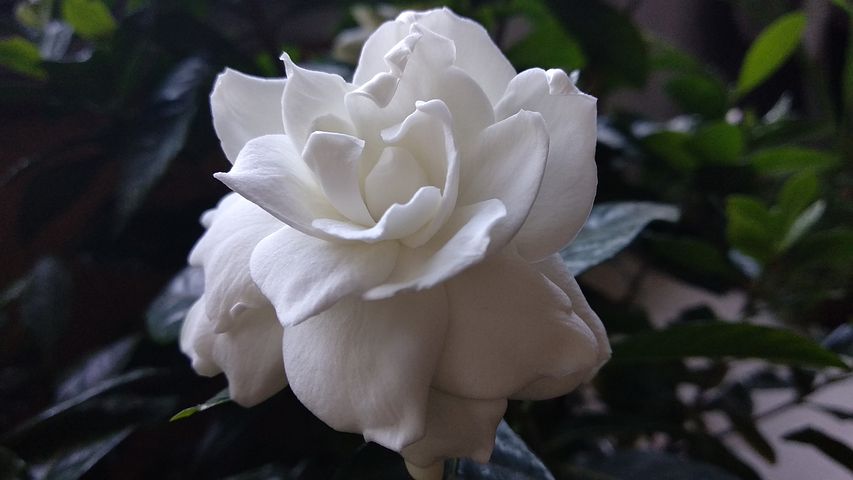How to Prune a Gardenia – The Ultimate Guide For Beginners!
If you love gardenias, then you’ve given some thought to pruning. But have you ever considered the benefits of pruning them? Gardenias are flowering plants that are popular in home gardens and public parks. They grow from cuttings or seeds. Pruning will encourage better growth, flower production, and keep the plant looking healthy. Here are 3 helpful tips and 5 easy steps in trimming your gardenias.
Table of Contents
Helpful Tips

Tip No. 1 – Select the Best Time to Prune
Before trimming the overgrown gardenias you need to know when is the best time to prune them. The best time to prune is when the last flower has bloomed until early fall before the new buds appear. Pruning the gardenias before flowers finished blooming causes damage to the growing blooms. So always make sure of the perfect time to prune.
Tip No. 2 – Choose the Right Pruning Tools
When pruning, always use a clean, sharp pair of hand shears. A small garden lopper is also helpful when needing to cut through thick stems and branches. Bypass pruner is highly-recommended which is great for live branches. It gives a clean-cut, heals fast, and prevents further stress to the plant.
Tip No. 3 – Know How Often is Pruning
Most gardenias don’t grow at a fast rate, so they often need to trim once or after two years. Gardenias often die from over-pruning and ruin their health. Waiting for older gardenias to cut back themselves would be an excellent idea. But the best thing to do is ask the garden center.

5 Easy Steps in Pruning Gardenia
Pruning is necessary for supporting and directing the growth of a plant. It involves cutting away parts of a plant to produce new growth in other areas. Here are the 5 easy steps in pruning your gardenia.
Step 1 – Prepare and disinfect your tools
Depending on a gardenia species and how thick the branches are, is also what tool to use. In branches that are up to 1.5 inches thick, use a standard pruning shear. If larger, you can use a narrow-bladed saw. Also, disinfect first the tools before using them. It prevents transferring disease or insects from a branch to another.
Step 2 – Remove the dead leaves and tips of branches
Pinch off all the dead leaves, stems, or even those parts that look unhealthy. Remove any torn or broken branches, large flake offs of bark, and trim back branches. If the cuts are very close to one another in height, then remove black rot disease. You can remove them by tearing away as much dead foliage around them so that air can circulate again.
Step 3 – Analyze and determine the size and shape
Before trimming your bush, take a step back and look at how tall and wide it is. It’s for you to know where to trim and decide the desired shape. Examine the shrub from all sides and angles to see where the projecting stems and leaves are located. Pruning is done to remove the excess shoots that keep growing in all directions. It gives the shrub a fuller appearance.
Step 4 – Cut the branches at a 45-degree angle
Cut the branches at a 45-degree angle to produce a taper-cut stem. Do not cut more than 1/3 of their leafy length each time. For best result, cut where the two leaves meet, it’ll grow lush. Prune most of the parts where you wanted to promote more growth. Especially for the parts which grown leggy. You can also trim out those oldest branches more than half of its parts. For thin stems, cut below the top of the first leaf node and about 1/4 inch (6 mm) above it on either side of the stem.
Step 5 – Step back and assess
Examine the whole plant. Trim it until you achieve the desired size and shape of the foliage. If you notice that there are plant diseases starting to develop, cut them immediately. It will protect the other parts from spreading. Clean your blades with disinfectant before cutting the other parts. After pruning, throw all the trashed parts of the gardenia. This will prevent the pests and insects from attacking the plant again.

Negative Effects of Cutting the Gardenias Wrongly
Cutting gardenia in the wrong way can have bad results. These are:
• It will cause flowers to become misshapen and produce irregular blooms.
• Cutting the plant back too far can kill it, leading to a permanent change in the shape and size of the plant.
• The flower’s petals will not open well if cut too close to the stem. It may lead to rot or infestation problems for other plants nearby.
What to expect after pruning?
Always bear in mind that only a few inches will occur for new growth where the cuts are made from pruning.
Pruning should not be done often but it’s recommended to at least three times a year. Plants will grow vigorously in the summertime and slow down in the winter. This is the time when trees are able to rest from development. So that, their roots stay moist and healthy for potential new growth.
Wait a few weeks to see if that leaf or tip begins new growth on its own. If not, repeat this step again until you do get a new leaf. It will mature into another flower stalk after removal.
